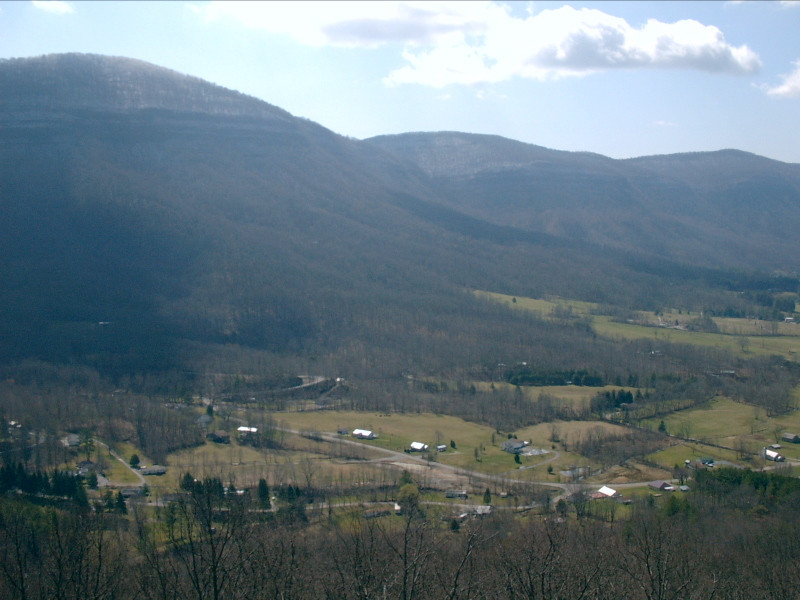

Seven of DeMille’s films including The Arab, The Wild Goose Chase, Chimmie Fadden, The Dream Girl, The Devil-Stone, We Can’t Have Everything, and The Squaw Man (1918) were destroyed and are considered lost.įilms which DeMille produced or assisted in directing, credited or uncredited. Explore On the Trail of the Lonesome Pine by Betty Cody, Hal Lone Pine & Betty Cody.

The first 24 of his silent films were made in the first 3 of his career (1913-1916).Įight of his films were “epics” with five of those classified as “Biblical.” Drip, Drip, Drip, Went the Waterfall (1915) Words are by Harry. Last Night Was the End of the World was the 8 song in 1913 in the Pop charts.The song was performed by Henry Burr. DeMille made 70 features, of which 52 are silent films. Im Always Chasing Rainbows, Trail of the Lonesome Pine and others which sold. Pine from the title of a popular song of the day, The Trail of the Lonesome Pine. DeMille soon saw that his image was bringing audiences to his films.In a career spanning close to five decades, Cecil B. In April 1915 a single pine tree was growing on the site and the. Everything served his ultimate purpose, which was to tell his stories. 1915, aimed at exhibitors, lists releases for Paramount Pictographs, Paramount South American Travel Series, Paramount-Burton Holmes Travel Pictures. He substituted a microphone for a megaphone because it reached farther. He wore a visored cap backwards because that made it easier to look through the camera.

He carried a gun because the countryside was rife with rattlesnakes.
#The trail of the lonesome pine 1915 free#
DeMille.It is based on a novel, The Conjurors House a Romance of the Free Forest by Stewart Edward White and its 1908 play adaptation The Call of the North by George Broadhurst.Robert Edeson starred in the play and reprises his role in this film. DeMille che firma anche il soggetto e il montaggio. The Call of the North is a 1914 American silent adventure-drama film directed by Oscar Apfel and Cecil B. DeMille wore boots because of weak ankles, a condition aggravated by sixteen-hour work days. The Trail of the Lonesome Pine è un film muto del 1916 diretto e prodotto da Cecil B. Publication date 1908 Publisher New York, C.
#The trail of the lonesome pine 1915 movie#
There was no model for the movie director in 1914. The trail of the lonesome pine by Fox, John, 1863-1919 Hearst, William Randolph, 1863-1951.

DeMille forced Wyckoff to imitate moonlight with a spotlight borrowed from the Mason Opera House in downtown Los Angeles, and “motivated lighting” was born.ĭeMille became a modern Medici, hiring artists from all over the world, and giving them freedom to do their work. This affected the work of cameraman Alvin Wyckoff, who only used flat, diffused light. Piano roll in box, QRS Autograph Automatis, Trail of the Lonesome Pine, paper / wood / metal, QRS, Chicago, USA, 1915-1935. Jack Hale, a revenue agent, is sent into the Blue Ridge Mountains of Virginia to track down illegal alcohol producers - 'moonshiners. With Charlotte Walker, Thomas Meighan, Earle Foxe, Theodore Roberts. Shortly thereafter he hired a writer-director named Jeanie Macpherson and taught her what he had learned about story construction from his father, his brother, and David Belasco.ĭeMille also created the post of art director, hiring Belasco’s lighting and scenic designer, Wilfred Buckland. The Trail of the Lonesome Pine: Directed by Cecil B. In 1914 he created the post of story editor for his brother William de Mille. One of DeMille’s most important contributions was to organize the hierarchy of filmmakers. He did not invent the closeup, for example, but he found many ways to improve it. Applying theatrical methods to the new medium, and inventing new ones as needed, he adapted and thrived, molding a new art form. He immediately sensed that anything was possible. In 1913, when he left a thirteen-year career on the stage and stepped behind a motion-picture camera, the medium was still being formed. DeMille personified the silent era of American film.


 0 kommentar(er)
0 kommentar(er)
